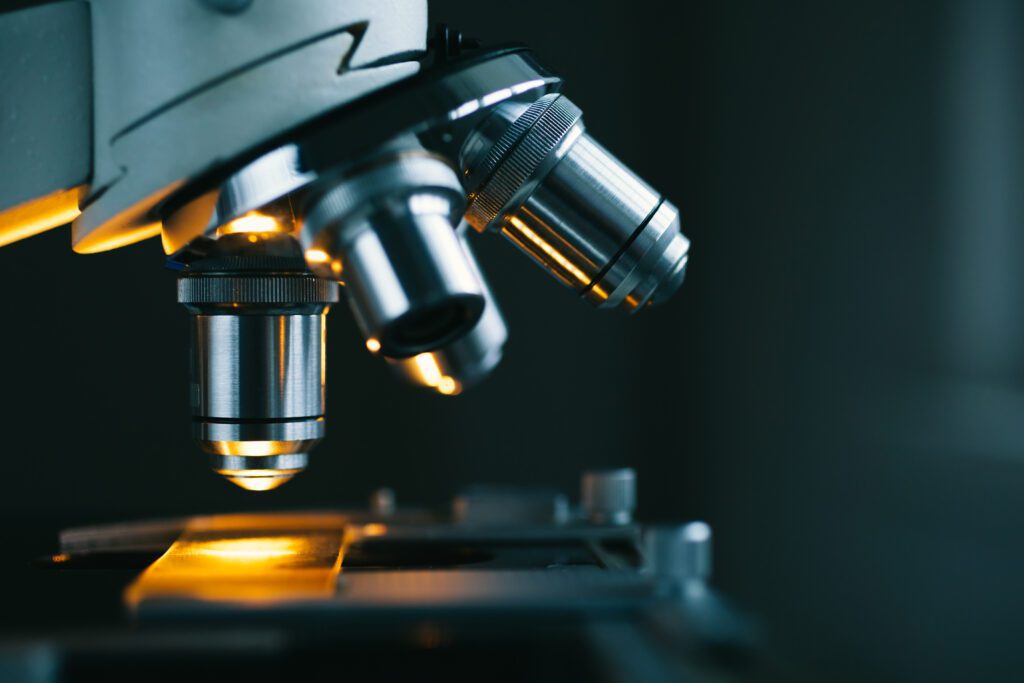Welcome to Study of the Week from Patient Worthy. In this segment, we select a study we posted about from the previous week that we think is of particular interest or importance and go more in-depth. In this story we will talk about the details of the study and explain why it’s important, who will be impacted, and more.
If you read our short form research stories and find yourself wanting to learn more, you’ve come to the right place.

This week’s study is…
Huntingtin CAG expansion impairs germ layer patterning in synthetic human 2D gastruloids through polarity defects
We previously published about this research in a story titled “Researchers Find Signs of Huntington’s Disease in Embryonic Development” which can be found here. The study was originally published in the scientific research journal Development. You can view the full text of the study here.
What Happened?
Huntington’s disease (HD) is a lethal genetic illness that causes neurodegeneration. While previous study has suggested that the illness does have a developmental component that begins far earlier than the first signs of neurodegeneration, the timing of this aspect of the illness was unknown. Evidence of this can be found in very extreme cases of the illness in which there are a large number of repeats that cause the disease symptoms to begin earlier than usual. Other evidence has also been found in animal models. The disease mechanism is linked to an expansion of CAG repeats in the Huntington (HTT) gene. The scientists hoped to gain a better understanding of the timing of this process and identify when it begins.
Using synthetic, lab-created human embryos (derived from stem cells) that imitate the developmental behavior of human cells, the scientists found that the effects of the mutation first become apparent in the first two weeks of development, a period called gastrulation. They used CRISPR/Cas9 gene editing technology in order to insert the range of mutations associated with Huntington’s disease into the embryos. They found that, when compared to embryos without the mutations, there were noticeable differences in the germ layer size.
The differences became more pronounced with more severe mutations. The mutations fundamentally altered a signaling pathway that plays a role in guiding cell development. More specifically, they reduced the ectodermal compartment extension that is linked to enhanced activin signaling. The scientists still don’t know how these changes affect the later development of the embryo. Overall, these findings further demonstrate that Huntington’s disease should be considered a developmental disorder as well as a neurodegenerative one.
About Huntington’s Disease
Huntington’s disease is a heritable disorder that causes brain cells to die. This is a long-term, progressive, and ultimately lethal disease that causes severe debilitation over time. The disease is caused by a genetic mutation that affects the HTT gene. It normally appears between 30 and 50 years, but in rare cases, it can occur before age 20. Symptoms of Huntington’s may first appear as subtle mood and behavioral changes and loss of coordination. Other symptoms include random movements called chorea, abnormal posture, sleep issues, trouble chewing, swallowing, and speaking, dementia, anxiety, depression, and impulsivity. Nine percent of deaths are the result of suicide. Treatment for Huntington’s disease is symptomatic, with no cure or disease-altering therapies available. Most patients die around 15 to 20 years after their diagnosis. To learn more about Huntington’s disease, click here.
Why Does it Matter?
The findings from this study give the scientific community a more complete picture of the mechanism of Huntington’s disease and reveal that the effects of the disorder are at work far earlier than when the first symptoms begin. One thing the researchers still don’t fully understand is why there is such as delay in the appearance of symptoms if the mutations are affecting embryonic development as early as the first two weeks. They speculate that there may be some compensatory mechanism at play that counteracts these early impacts:
“Understanding those mechanisms may be the key to developing new treatments that delay the symptoms, or even cure the disease.” – Ali Brivanlou, head of the Laboratory of Synthetic Embryology at Rockefeller University
The fact that the scientists have identified when the first effects of the mutation begin also means that they have found a potential point of intervention for a future approach that could possibly prevent the devastating and tragic symptoms of Huntington’s disease that usually appear several decades later.
“When the patient goes to the doctor, that’s when the last dominoes have fallen. But the first domino is pushed in the developmental phase.” – Brivanlou
With Huntington’s disease currently leading to a tragic decline in movement and cognition that ultimately leads to an early death, the discovery of a new possible avenue for treatment is significant news for this rare disease community. However, more research on this illness is definitely down the road in order to fully understand the function of the Huntingtin gene and determine why only neurons in certain areas of the brain are impacted.







